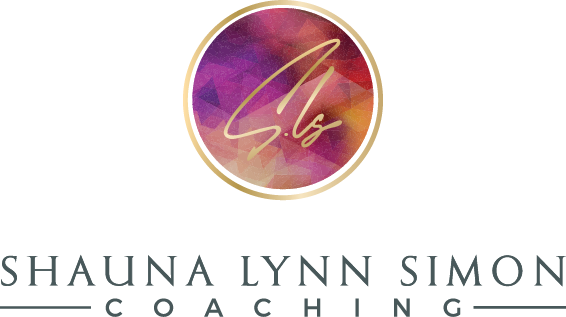'Per Our Contract' Is Killing Your Client Relationships
Early in my first business (a home staging business), I worked with a contractor who I was convinced was out to get me.
He'd show up unprepared. Move my staged items around. Continue renovations after staging was complete. Every conversation I had with him started the same way: "Per our contract, you're not supposed to..."
I knew my contract inside and out. I referenced it constantly. And I was frustrated that he kept violating it.
Then, after the project ended, he said something that completely changed how I approach client relationships:
"You're really good at referencing your contract. But it's unrealistic to expect that someone's read your contract start to finish and remembers every detail. It takes the whole human factor out of it."
That stung. But he was absolutely right.
The Contract Trap Most Entrepreneurs Fall Into
When was the last time you scrolled to the bottom of a screen, clicked "I've read the terms and conditions," and actually read every word?
Exactly.
Your contract is there for legal protection - but it shouldn't be doing all the heavy lifting when it comes to managing client expectations. Even if you sit down and go through every line with them, you can't expect clients to remember every important detail.
The Real Cost of Poor Expectation Management
Here's what happens when client expectations aren't properly managed:
Constant scope creep that you don't know how to handle
Unclear deliverables and timelines
Payment misunderstandings and delays
Communication gaps that create fires you're constantly putting out
You end up spending twice as long on every project, feeling mentally and emotionally drained, while your profitability tanks and your reputation is at risk.
Sound familiar?
Not to mention, the client simply doesn't enjoy the experience, regardless of whether or not you achieved the desired result for them.
The 5-Question Framework That Changed Everything
After that contractor conversation, I developed a framework that transformed my client relationships. I created 5 essential questions that I used as a quality control test for every interaction and experience with a client - here's what those questions are, and how you can use them for your business:
1. Does the client know what is expected of them? Create clear client responsibility lists, timelines, and deadlines. Send welcome packages that outline exactly what they need to do to prepare. Don't assume they remember your verbal instructions.
2. Does the client understand what we will be doing? Get rid of your industry jargon. If you're "specing flooring" or creating "concept boards," explain what that actually means in plain English. Provide samples so they can visualize the deliverables.
3. Does the client understand what they are paying for and what it will cost? Break down your pricing clearly. Create summary outlines of your scope of work. Communicate your value at every payment milestone so they understand exactly what they're investing in.
4. Am I ensuring that the client will have a positive experience? Map out their entire client journey, including the sticky points where they won't enjoy the process. Increase your touchpoints during challenging phases. We touch base with design clients every single week, regardless of project length, because silence makes clients nervous.
5. Do I have a clear understanding of the client's needs? Have a solid discovery process. Don't speculate about what they need - ask directly. Reiterate back to them: "These are the problems I'm going to solve. Does that align with your goals?"
The Welcome Package That Wows Clients
One of the most powerful tools we implemented was a physical welcome package - a branded folder with everything they needed to know about working with us.
Why physical? Because digital attachments get lost. Every time.
This package included:
What to expect from us
What we expect from them
Step-by-step process overview
Helpful resources and checklists
Clear next steps
Clients immediately felt more confident and prepared. It set the tone for the entire relationship.
Your Action Plan
Start with these three steps:
Create a client onboarding checklist - What do you need from them? What do they need from you?
Build your service delivery roadmap - Map out every phase of your client journey and identify all touchpoints
Develop communication templates - Turn your next client email into a reusable template
The Bottom Line
Your expertise is in delivering your service, not in mind-reading what clients expect. The better you manage expectations upfront, the easier it becomes to do what you do best - serve your clients exceptionally.
Stop relying on your contract to do the communication work. Start having the human conversations that build trust, clarity, and amazing client experiences.
What's the biggest client expectation challenge you're facing right now? Let's discuss it in the comments.
About the Author: Shauna Lynn Simon is on a mission to help ambitious female entrepreneurs Build Stronger. Work Smarter. Dream Bigger. After learning the hard way that contracts alone don't manage client relationships, she developed proven systems that help service-based businesses create exceptional client experiences while protecting their time and profitability. Learn more about her Real Women Real Business Mastery Program where she helps women to build a sustainable and scaleable business.
If you feel like you’re doing everything right but still not getting the right clients, the right money, or the right momentum, check out our next free webinar!


